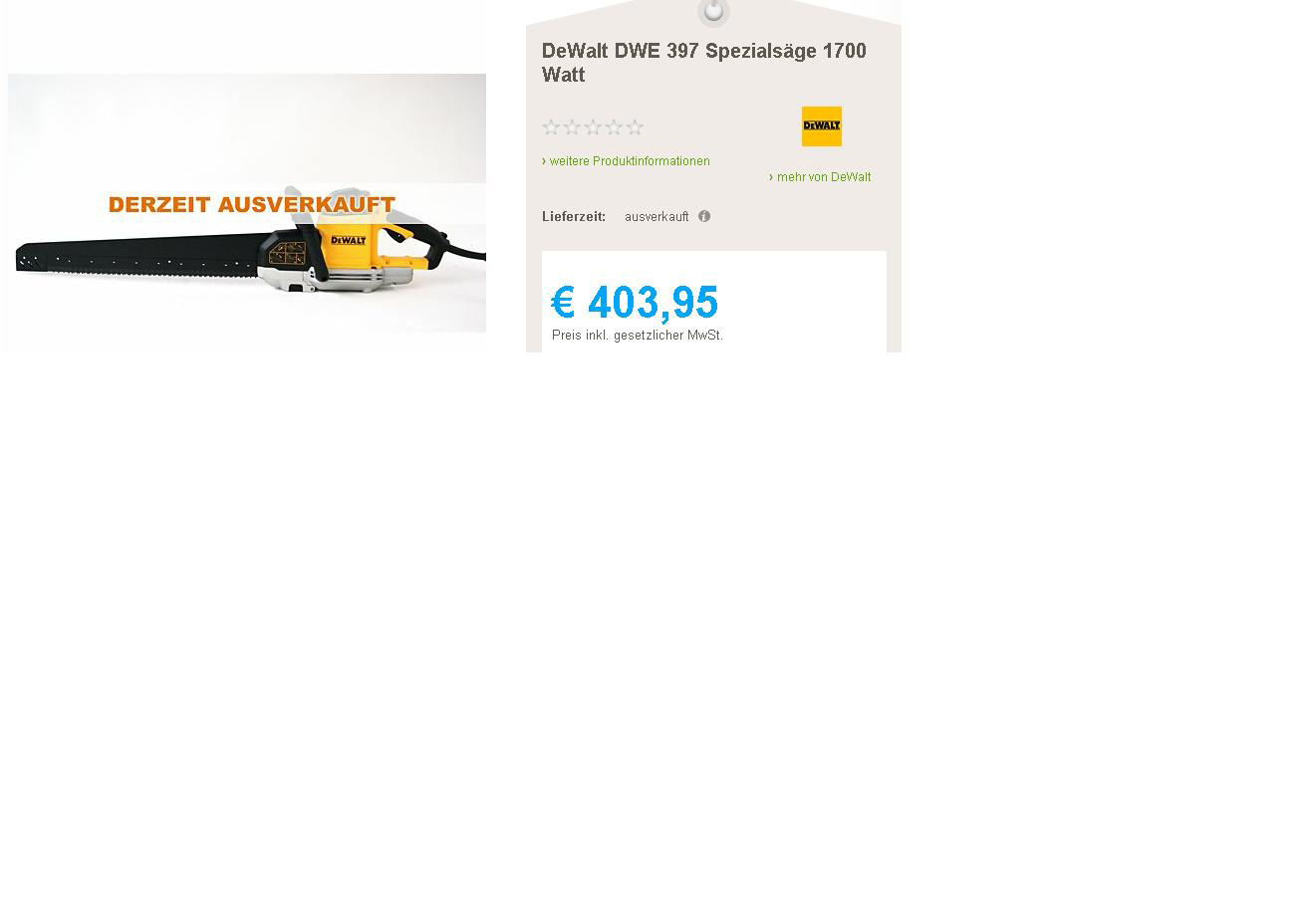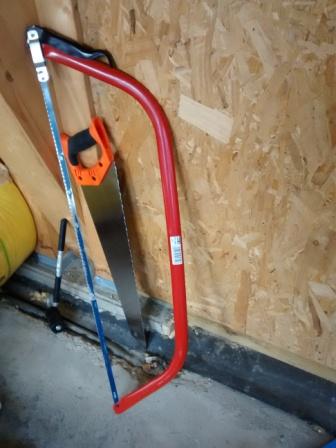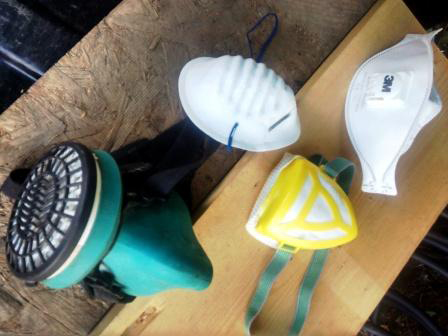Insulation
As the building is a wooden frame structure the choice of insulation was limited. Cellulose ( K value around 0.039 W/mK ) was the preferred option but I opted for Isover Metac semi rigid insulation with a K value of 0.034 W/mK in order to keep the wall thickness to a minimum (currently 430 mm including a service cavity giving a U value of 0.09 W/(m²K) and to be able to do some of the work myself.
The roof U value is 0.102 W/(m²K) and the thickness is 530 mm with 400 mm of Metac. Other insulating options were wood fibre board, sheep’s wool but the cost of theses was prohibitive in our build. A good explanation of these technical values can be found at the Rockwool Basic Theory link Insulation terms.
When insulating the wall structures (whether it is block-work, straw, hemp,wood etc) one is always trying to work out what could go wrong if some part of the building fabric failed and how would it correct itself if it goes wrong. A wall structure that is capable of drying out in the Irish Climate is the goal. What might work in Germany or another country may not work in Ireland.
In our build I considered using block work outside the wooden frame because of the lower cost. It turned out after a Hygrothermal analysis with Wufi that there was a greater potential for the wall not to dry out over certain seasons because of the amount of insulation in the walls limiting the thermal buoyancy that primarily assists air to circulate in a cavity. The more insulation that is placed in a wall the less heat can escape to dry out the wall and create warm air that assists thermal buoyancy in the cavity. In our build we placed the OSB racking board inside the wall away from the external cavity because the structural engineer from my understanding advised that the increase in moisture could affect the structural integrity of the OSB as per his Wufi anlaysis. This potential risk was avoided rather than experiment with a worst case scenario.
One I feel has to plan for the worst case scenario. If I had used polystyrene or a PU/PIR insulation material in the wall I feel the risks would be greater in a wooden frame structure.
Fiberglass Samples
We tried a few different company samples of fiberglass and settled for the isover product Metac because the available sizes were compatible with the structure and the extra rigidity it appears to have when placed in the ceiling space ie. it stays in place between rafters without any support. I initially thought at the planning/design stage I would need insulation netting on the ceiling but this was not necessary.

Strategy to deal with Fibreglass
The installation strategy I chose for the insulation was that no fiberglass product would be used inside the airtight membrane for sound proofing or insulating purposes in order to minimise fibers in the air. A name I have given this is the zoo approach (keep the fibers behind the airtight membrane like in a zoo where the animals are behind the glass).
When cutting the insulation it needs an extra 10-20mm in order to ensure that it fits perfectly otherwise extra effort is required to place it in position. This is a very small tolerance when cutting a circular roll of insulation of 550mm diameter.
Tools
The existing tools I came across for cutting the fiberglass were as follows:
- The standard wood saw
- Insulation Saw (creates a very clean cut with minimum fibers in the air but it has difficulty cutting through the plastic cover of the insulation)-

Manual Insulation Saw - Electric Insulation saw (I did not buy one but this is what one looks like.) –

- Hand knives such as Stanley knives.
I could not find any tool that I could hire to cut the insulation in order to improve the accuracy of the cut nor speed up and simplify the installation. I tried a few ideas myself from a mechanical saw with senior hacksaw blades to an automatic tool I put together. I will return and develop a tool from what I have learned.
- Home made tool-my preference was to use this tool I put together which was made up of 3 hacksaw blades. It allows one to roll the insulation on the floor and cut it as it is rolled.

Home made saw with hacksaw blades.
Protective Equipment
I tried numerous dust masks and the one I settled for was the 3M 9322+

The other ones got too warm, did not keep out the insulation or caused the goggles to fog up.
When working on the ceiling a full visor mask worked out the best.
Insulation is very important, especially when the winter is coming. Nice note, thanks!
LikeLike